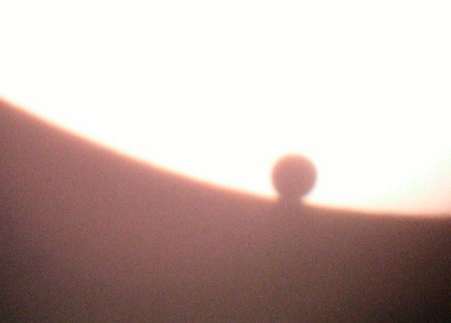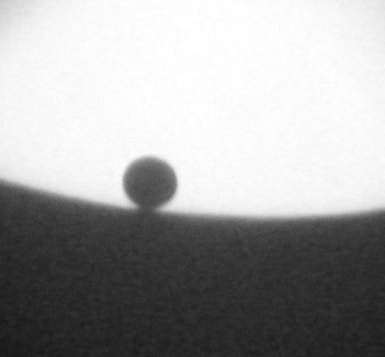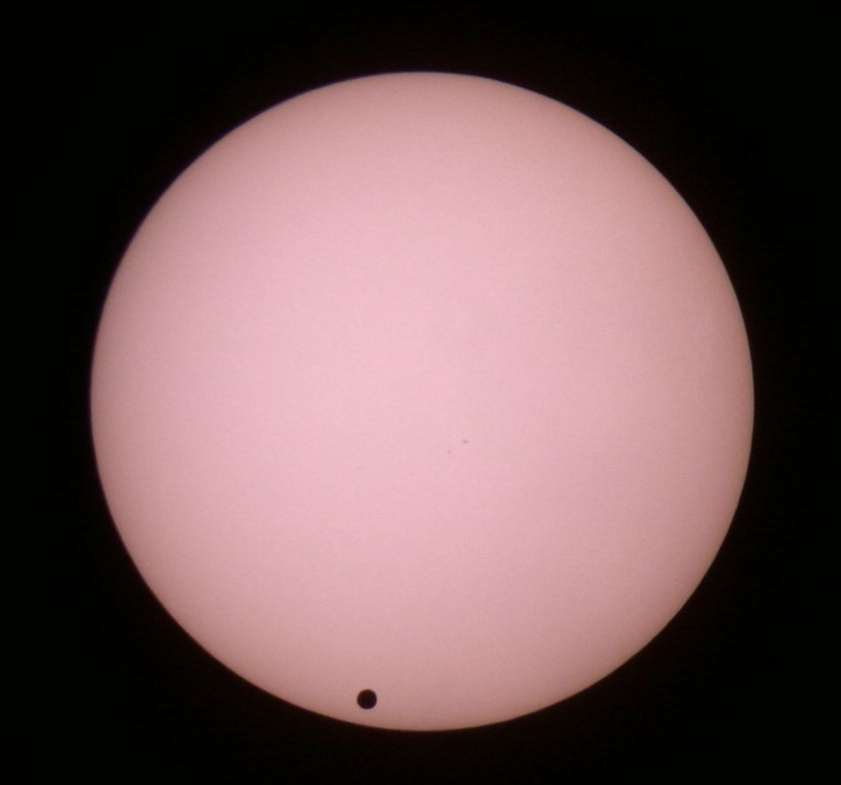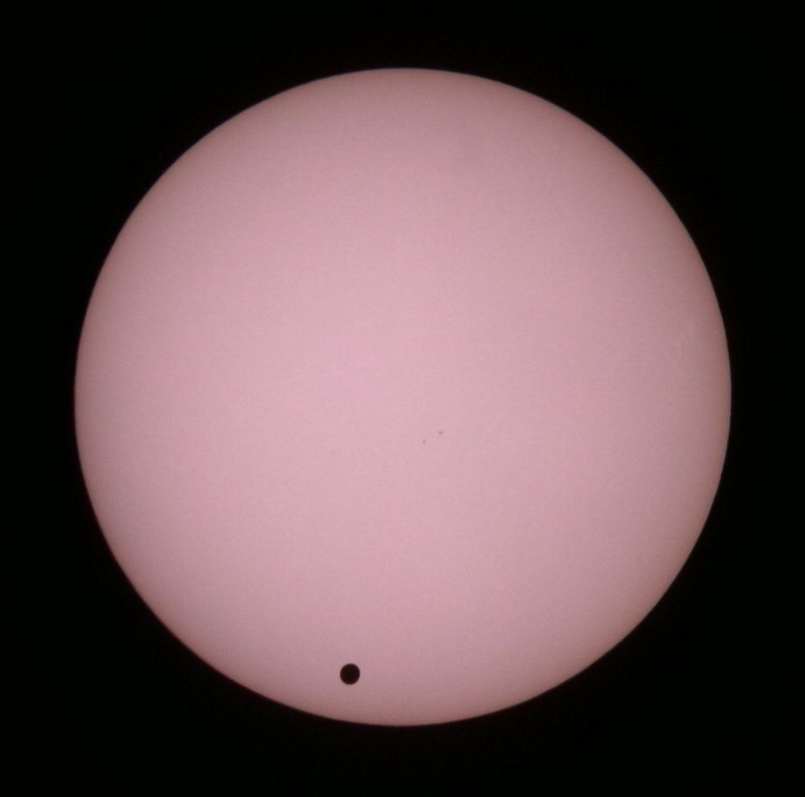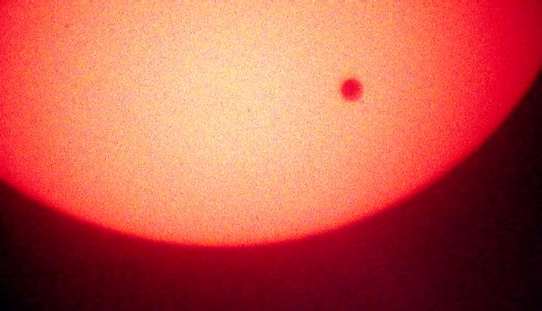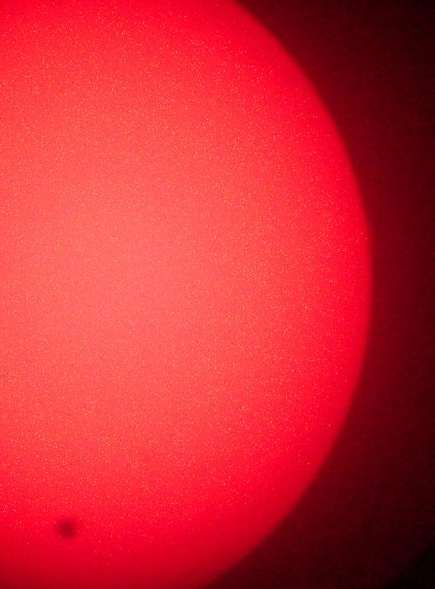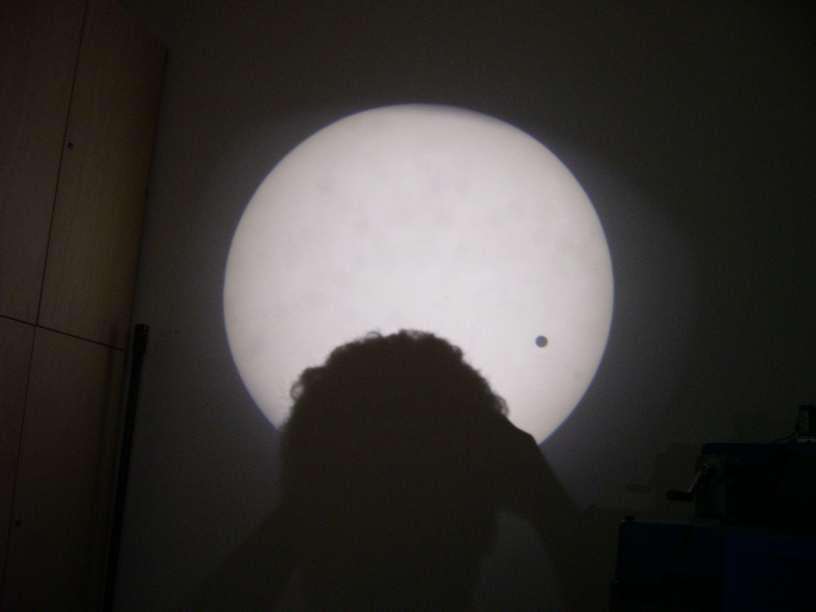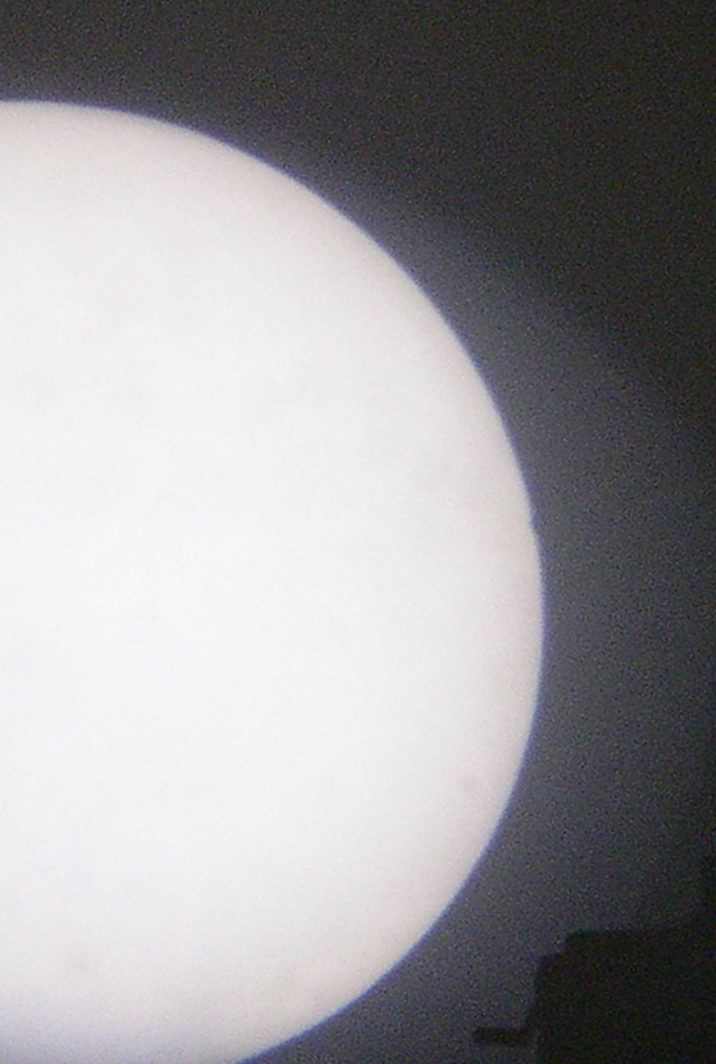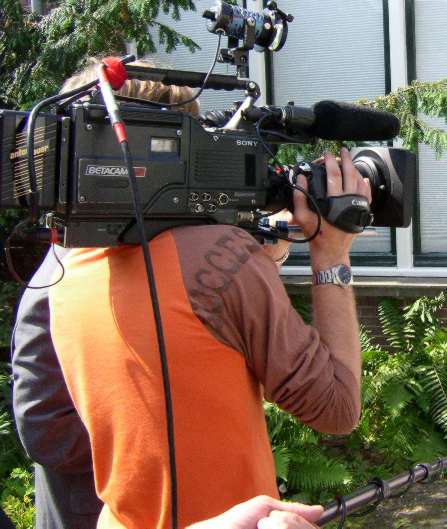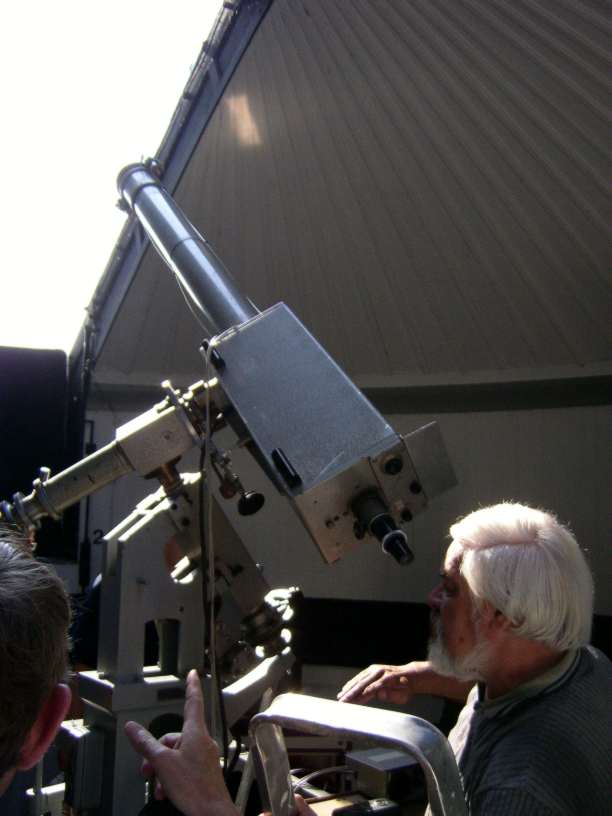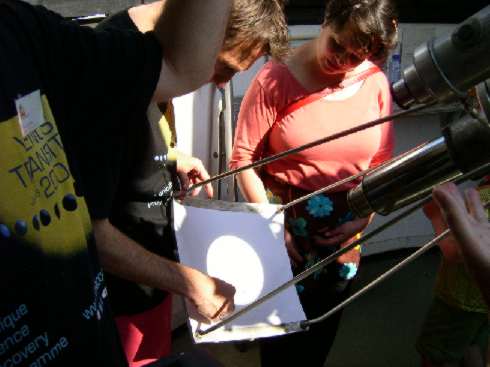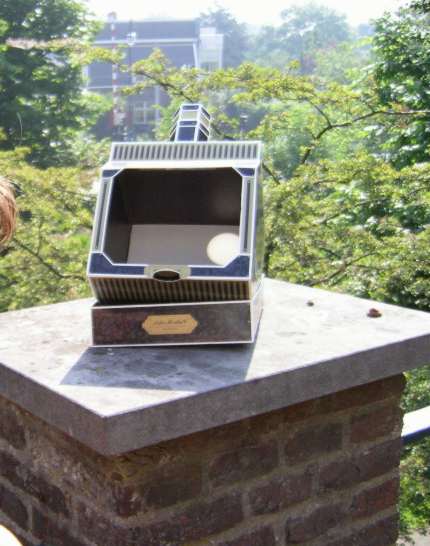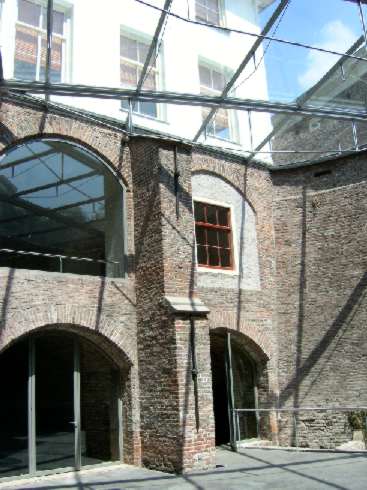Venusovergang / Transit of
Venus 8 - 6 - 2004
Op 8 juni 2004 vondt een van de zeldzaamste
astronomische gebeurtenissen plaats. Venus trok voor de zon langs . Dit
gebeurd slechts 2x in de komende 125 jaar. De tweede is in 2012 maar
vrijwel niet te zien in Europa. Deze overgang was echter in zijn geheel vanuit
Nederland te zien. Het weer werkte gelukkig mee,
een stralende zon....
On June 8th 2004 an extremely rare
astronomic event took plase. Venust transited over the sun. This was
visible in all of Europe. Fortunately the weather was very good....
The contact times are shown here.
| uitwendig contact intrede
/First external
contact |
07.19 |
| Inwendig contact intrede /
Firdt Internal
contact |
07.39 |
| Kortste afstand tot middelpunt zon /
Shortest distance to centre sun |
10:22 |
| Inwendig contact uittrede / Last
Internal contact |
13.03 |
| Uitwendig contact uittrede /
Last
external contact |
13.23 |
In de figuur hieronder staat het verschijnsel afgebeeld.
An overview of
the event is shown here.
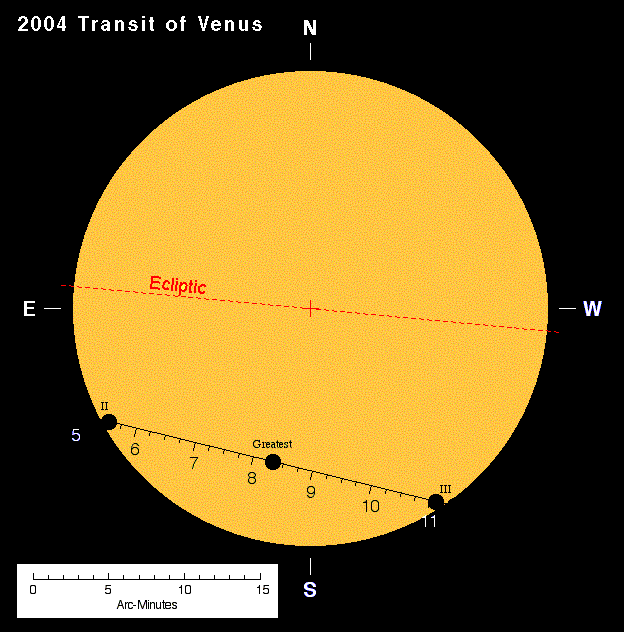
De venusovergang. Tijdstippen in deze figuur zijn in UT
The transit (tomes are in UT)
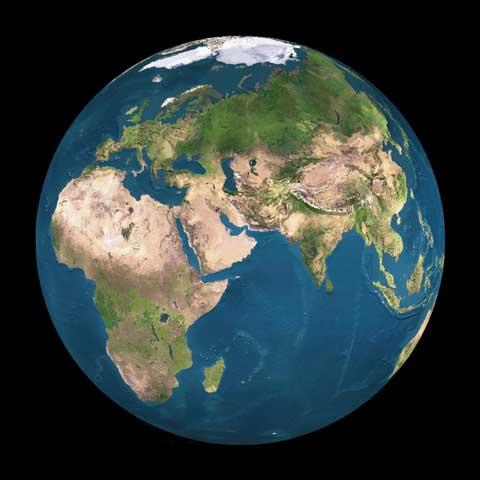
Zichtbaarheid van de Venusovergang op aarde. Deze figuur is
strict genomen op het moment van het maximum.
Visibility This picture shows the earth from the sun
during maximum
Maps courtesy of Fred
Espenak - NASA/Goddard Space Flight Center.
For detailed information this lunar, see Fred Espenak's Eclipse Home Page:
sunearth.gsfc.nasa.gov/eclipse/eclipse.html

